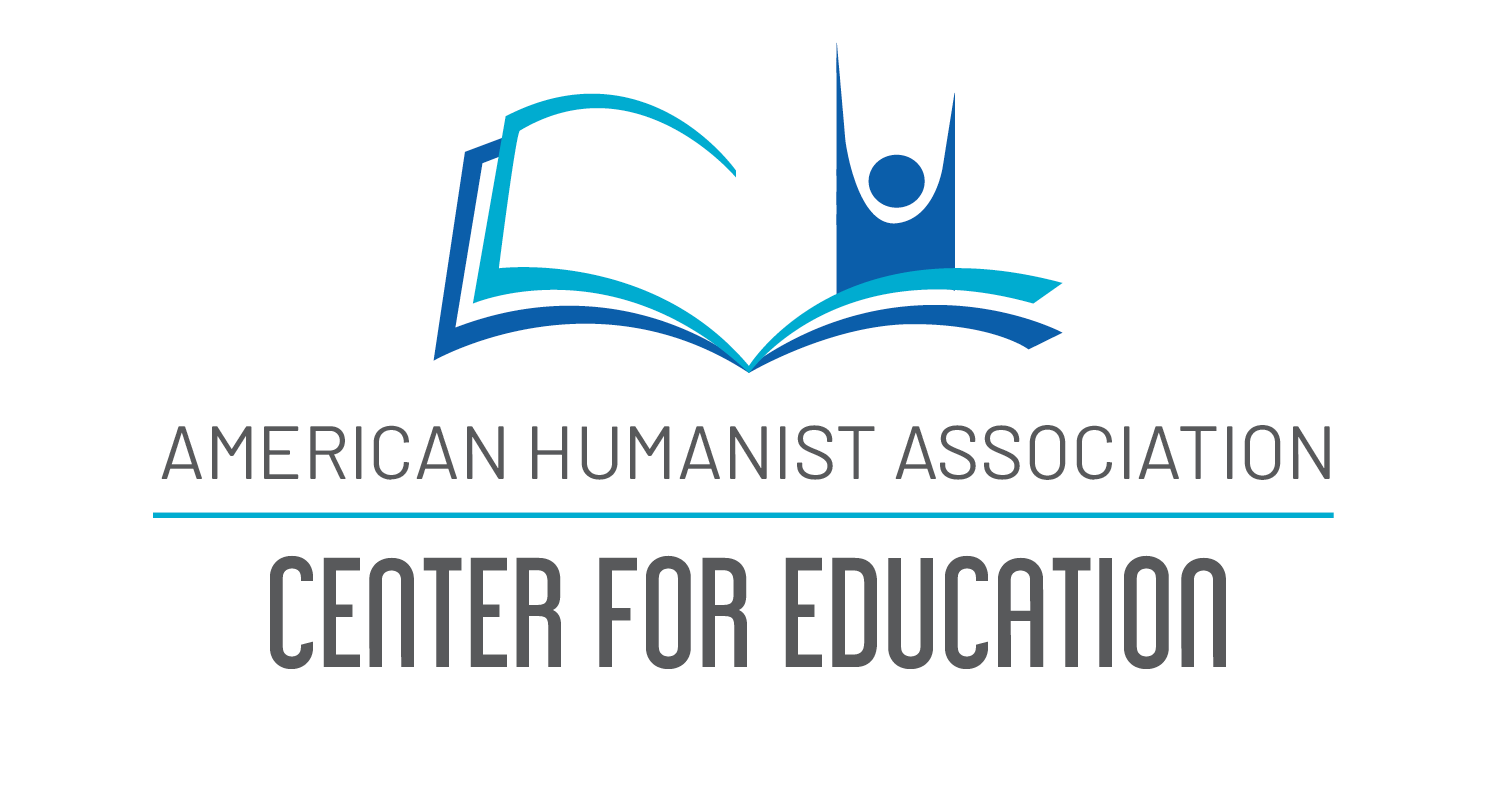You may want to consider some world values that set the stage for a kinder, more responsible and humane world at large in the events that you create. Four practices are suggested here. Each takes between 1-3 minutes and can yield a result of immeasurable consciousness.
Four foundational suggestions are:
- PERSONAL GROUNDING MOMENT: Much happens when people are arriving for an event. From the hullabaloo of transitions, it can be enormously grounding and unifying for a group to be guided in a moment of transitional quietude. This might easily be incorporated into a welcome, inviting people to settle, sit quietly, and become aware of their breath. This one minute intervention can create a fresh slate that allows participants to honor the path they have taken to arrive, to release any distracting thoughts, and to bring their intentional focus to the event at hand. Again, we call upon that singularly powerful act of self-connection: breathing mindfully; breathing on purpose.
- INDIGENOUS LAND ACKNOWLEDGEMENT: The Indigenous Land and Territorial Acknowledgments for Institutions and Native Governance Center: A Guide to Indigenous Land Acknowledgment. It is invaluable and revolutionary to pay homage in our private events to the larger contexts within which we exist. The movement to acknowledge the indigenous people native to all lands asks for this deed. “When we talk about land, land is part of who we are,” said Mary Lyons, Leech Lake Band of Ojibwe. “It’s a mixture of our blood, our past, our current, and our future. We carry our ancestors in us, and they’re around us. As you all do.”
- EQUITY STATEMENT: Moving from the personal to the physical to the social, we can include a statement that offers dignity to the present economic struggles of our society. For example: “We acknowledge that we live in a society where individual and collective wealth is built on the stolen liberty, labor, and lives of Africans, as well as the exploitation and oppression of immigrants, women, and underpaid workers.”
- WORLDWIDE PEACE OFFERING: As humans, we live in a disquieting world, even as we create our own very special peace-filled events. A peace acknowledgement honors the shared worldly peace intentions of humans, and puts the event you are creating into that larger context. You may decide upon a symbolic act such as ringing a bell or lighting a candle, inviting a significant participant to take the leadership role in this. It is often lovely for this person to be a child or an elder. A few significant words can bring an enormous intentionality to any situation. For example: “We light this candle of understanding against the shadows of our times.”
The deed of indigenous land acknowledgment is done by researching the history of the land upon which you live, applying it to a statement such as this, and reading it aloud:
For child-inclusive gatherings (from Young Ethical Explorers, Ethical NYC):
“There have always been indigenous peoples in the spaces we call home, and there always will be. In acknowledging Indigenous people, may we take a first step on the long road toward humane reconciliation, developing a deeper understanding of the story behind the places we all live. We pay tribute to the original stewards of the lands upon which we live and gather. In particular, we acknowledge the Indigenous Peoples of our area: _____”

